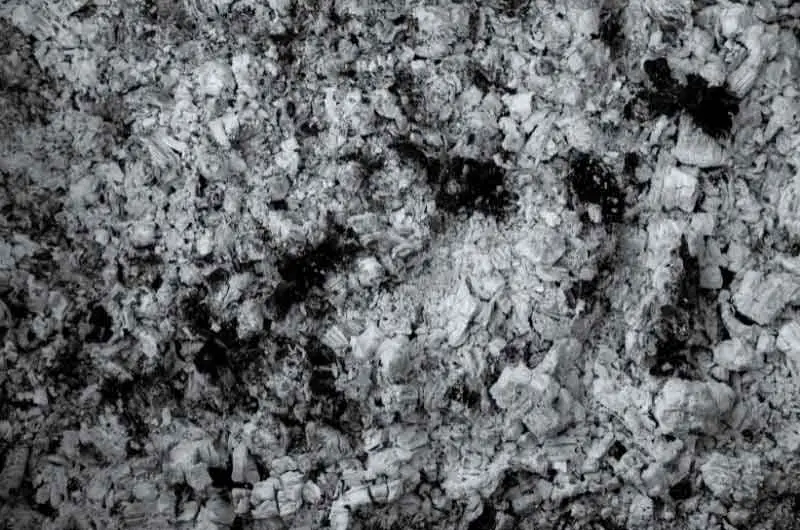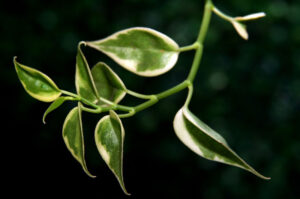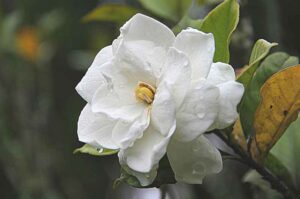Is Wood Ash Good For Clay Soil? (Answered)
Do you love sitting cozy in front of bonfires or roaring fireplaces during freezing winters? If yes, then you’ll probably end up with heaps of ash and no apparent use of it. Do you wonder about the practical use of the ash?
They do have beneficial use in your garden. Yes, you heard that right! Rather than wasting these ashes, you can practically use them in your garden as soil amendments.
The question arises: Are these wood ashes good for the clay soil?
Yes, wood ash is good for clay soil if added in controlled quantities. It enriches the nutrient composition of the soil. Besides, adding ashes to clay soil aids in improving the structure of this soil and relieves compaction, which may otherwise inhibit healthy plant growth.
Over the years, gardeners have given mixed responses regarding the value and safety of adding wood ashes to the garden soil. So before giving it a try, let’s dig into the details of the composition of wood ashes, its benefits, limitations, and much more.

Composition Of Wood Ash
Wood ashes are an excellent source of potassium. If your garden soil is potassium-deficient, add wood ashes. Potassium enhances fruiting and flowering in plants so that wood ashes can be the best soil amendments for you.
Wood ashes are also a source of nitrogen, phosphorus, small quantities of aluminum, sulfur, sodium, and magnesium. Micronutrients such as zinc, copper, boron, and molybdenum are also components of wood ash.
However, the nutrient quantities in wood ashes are not high, and it entirely depends upon the wood you are burning. For example, ashes from hardwoods like beech, oak, and maple release calcium, phosphorus, and potassium. Thus, enriching the soil by raising its pH level.
On the contrary, softwood ashes do not release many nutrients into the soil.
Similarly, ashes from younger woods like twiggy prunings have higher nutrients than other woods.
How Wood Ash Impacts The Ph Of Soil
Wood ash has both positive and negative impacts on the soil pH. Therefore it is always advisable to check your garden soil’s pH before applying ash.
- Calcium carbonate, an ingredient of garden lime, constitutes at least 25 percent wood ash. So, if your garden soil is highly acidic with a pH of 5.5 or less, adding wood ash can make the soil alkaline and raise its pH.
- On the contrary, if the soil is already alkaline or neutral, adding ashes would further elevate the pH of the soil, which is not a good thing to do. This raised pH will interfere with the nutrient-intake ability of plants.
- Additionally, you should not add ashes near plants like blueberries that love an acidic environment.
Benefits Of Adding Wood Ash For The Clay Soil
Here is a list of all the benefits you can get by adding wood ash to your soil.
- Adding wood ash improves the texture of clay soil. It increases the pH of acidic clay soil and makes it more alkaline. Thus encouraging clay particles to club together to form large chunks that are more crumbly and easy to work on.
- Wood ash not only increases the pH of your clay soil but also releases nutrients like potassium, calcium, magnesium, copper, etc. All these nutrients catalyze plants’ growth.
- Applying ash to the soil is a convenient and economic way of reducing the acidic levels of your garden soil.
- It protects your plants from pests:
- Wood ash acts as a good repellent for snails and slugs. Their body desiccates when it comes into contact with the ash (its salty composition).
- When your plant is attacked by aphids, dust a thin layer of wood ash onto the infected plant, once the aphids are dead, you can clean your plant.
Limitations Of Wood Ash
Here are some limitations you should know.
- Wood ashes can bring heavy metals like lead, cadmium, and chromium. Plants have a tough time digesting heavy metals.
- Ashes contain approximately 20-22% chemical salts. These salts increase the salt concentration of the soil, making it unfit for plant growth.
- Ashes from fireplaces are exceptionally alkaline, with a pH as high as 11.6. This pH range is similar to that of household bleach.
- Adding too much ash to your clay soil can disturb its pH level and increase it to the point that it messes with healthy plant growth.
- Heavy and repeated ash application to a particular spot can sterilize clay soil. Additionally, it can also worsen the quality of surface water.
Plants That Love Wood Ash
Plants that love the alkaline pH of soil thrive well by applying ash to the soil. Examples are leek, mango, beans, onion, spinach, garlic, spindle, kale, lilac, beetroot, lavender, etc.
Plants That Dislike Wood Ash
Plants that adore the acidic pH of the soil will not grow when you add ash to the soil because it will either make the soil neutral or alkaline. These plants include hibiscus, sunflower, rose, strawberries, blueberry, radish, carrot, corn, tomato, etc.
Best Methods Of Using Wood Ash
Directly Applying Wood Ash As Fertilizer.
In this method, you can take a handful of ash and directly sprinkle it on the soil or apply it as a thin mulching layer. Keep in mind not to apply it on the leaves of the plant. And remember to wash the leaves with water if the ashes fall on them. Water your garden and let the ash absorb in the soil.
Remember not to over-apply the ash as it makes the soil too alkaline and ultimately loses its fertility.
Composting Of Wood Ash
This method uses a compost bin instead of directly sprinkling the ash in the garden. Wood ash and other organic wastes are put in a compost bin to allow composting. Since pH during composting is usually acidic, adding ash solves this problem.
And as discussed above, ash releases useful nutrients for plant growth.
How Much Wood Ash Should You Apply?
The quantity of ash depends upon your garden soil and the types of plants or crops you are growing. Usually, clay soil can bear more quantities of wood ash when compared to other soils such as sandy soil.
Generally, you can use 10 pounds of ash for 1000 square feet of garden area if your garden soil is moderately acidic and has low potassium levels.
However, you may require at least 25 pounds of ash in your garden if the soil is extremely acidic.
Before adding ash, always test the pH of the soil to avoid any harm to the plants.
Storing Wood Ash
It is advisable to store ash in airtight containers to keep it in dry form and protect it from pests. If you keep it open outside, the nutrients may wash out with the rain.
Final words
Wooden ashes are beneficial for your garden soil if you use them in limited quantities. But, before adding it to your garden, ensure that you are using ash from unpainted and untreated wood. Also, ensure that the ash is free from contaminants like burned plastic or colored paper to avoid toxins entering the soil.
Moreover, always add ashes in moderate quantities to avoid excess salt built-up in the garden soil. So if you have a garden, you can make the best use of ash by recycling it back into your garden soil. Remember not to add too much of it and keep it away from ‘acidophilic’ plants.






